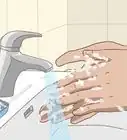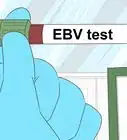This article was co-authored by Susan Stocker and by wikiHow staff writer, Kyle Hall. Susan Stocker runs and owns Susan’s Green Cleaning, the #1 Green Cleaning Company in Seattle. She is well known in the region for outstanding customer service protocols — winning the 2017 Better Business Torch Award for Ethics & Integrity —and her energetic support of green cleaning practices.
This article has been viewed 86,962 times.
A moldy carpet can make your home smell bad and even cause health problems. If you think your carpet might have mold growing in it, there are a few things you can do to find out for sure. If you do find mold, try to clean or replace your carpet as quickly as possible before it spreads.
Steps
Checking for Signs of Mold
-
1Smell your carpet to see if it has a musty odor. Mold has a distinct, off-putting smell. If your carpet smells bad, it may be a sign that it has mold in it.[1]
- Keep in mind there are other reasons your carpet may smell bad. Look for other signs of mold before you take action.
-
2Look on your carpet for any black, green, or white growth. If you see growth on your carpet, it’s most likely mold. Unfortunately, there’s not much that can be done to clean a carpet with visible mold on it. You may need to replace your carpet.[2]Advertisement
-
3Look underneath your carpet for mold growth. Sometimes mold grows underneath a carpet before it starts growing on the top. If you’re inspecting an area rug, turn it over and check the bottom for mold. If you suspect there’s mold growing in your wall-to-wall carpeting, you may need to hire a professional to lift up the carpet and inspect it for you.[3]
-
4Check your carpets if you’ve been experiencing bad allergies. A moldy carpet can produce allergens that cause you to have allergic reactions. If you’re experiencing excessive sneezing, coughing, red eyes, runny nose, or rashes, inspect your carpets to make sure mold isn’t the cause.[4]
-
5Hire a professional mold inspection service. Sometimes mold is buried deep in the fibers of a carpet and you’ll need a professional’s help detecting it. Search online for a local mold inspection company and have them come test your carpet. They may be able to help you get rid of any mold they find.
Replacing a Moldy Carpet
-
1Replace water-damaged carpets if they're not cleaned in 24 hours. After 24 hours, there's a high probability that mold is already growing on the carpet. If it's an area rug, roll it up and dispose of it. If it's wall-to-wall carpeting, you may need to hire professionals to remove the carpet for you.[5]
-
2Check the area around a moldy carpet to see if any mold has spread. Look at the floorboards underneath the carpet and check nearby furniture. There could also be mold on the trim along the base of nearby walls. If you find that the mold has spread, dispose of any moldy items. Clean up the mold or hire a professional to remove the mold from your home.[6]
-
3Clean up any mold on the floorboards or walls with bleach. Open all the windows and doors in the room so there's air circulation. Wear goggles and non-porous gloves while you work. Refer to the instructions on your bleach container for specific usage instructions.
- Never mix bleach with ammonia or other cleaners or you could create dangerous fumes.
Preventing Carpet Mold
-
1Know if your carpet is at high risk of developing mold. Carpets that are located in humid climates, below ground level, or in areas where there’s lots of water — like in a bathroom — are more susceptible to getting mold. If you have a carpet in one of these areas, try to keep it as dry as possible and frequently check it for signs of mold.[7]
-
2Clean and dry your carpet immediately if it’s exposed to standing water. Mold grows quickly on wet carpet, so it’s important that you take care of leaks and spills quickly. Remove the standing water from your carpet and steam clean your carpet with a carpet cleaner. Then, use fans to dry out the carpet.[8]
-
3Use a dehumidifier if you live in a humid climate. Molds, like most fungi, require water to start growing.[9] Reducing humidity levels around your carpet will help prevent it from growing. Use the dehumidifier to keep humidity levels between 30-60 percent in any rooms you have carpet in.[10]
- You can also help to decrease humidity by opening your windows on warm, sunny days and replacing the AC filters in your home every few months.[11]
-
4Place anti-microbial rubber carpet padding under your carpets. The padding is resistant to mold growth, and it will help keep your carpets dry.[12]
References
- ↑ https://www.fema.gov/pdf/rebuild/recover/fema_mold_brochure_english.pdf
- ↑ https://www.nachi.org/carpet-mold.htm
- ↑ https://www.nachi.org/carpet-mold.htm
- ↑ https://www.nachi.org/carpet-mold.htm
- ↑ https://www.nachi.org/carpet-mold.htm
- ↑ https://www.familyhandyman.com/cleaning/mold-and-mildew/how-to-remove-mold/view-all/
- ↑ https://www.nachi.org/carpet-mold.htm
- ↑ https://www.nachi.org/carpet-mold.htm
- ↑ Stocker, Susan. Personal interview. 8 November 2019.
- ↑ https://www.cdc.gov/mold/stachy.htm
- ↑ Stocker, Susan. Personal interview. 8 November 2019.
- ↑ https://www.nachi.org/carpet-mold.htm
About This Article
The easiest way to detect mold in carpet is to smell the carpet to see if it has a bad odor. If it does, look for visible signs of mold on the top and bottom of the carpet, like black, green, or white growth. Experiencing bad allergies can also be a sign that your carpet has mold in it. If you’re still not sure, hire a professional to come test your carpet for mold. To learn ways you can prevent carpet mold from happening in the first place, and how to replace a moldy carpet, keep reading!
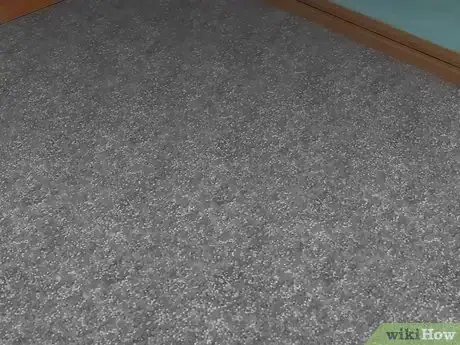
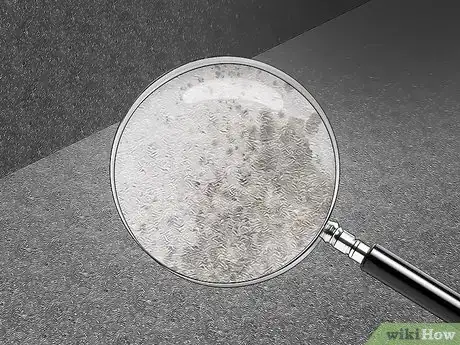
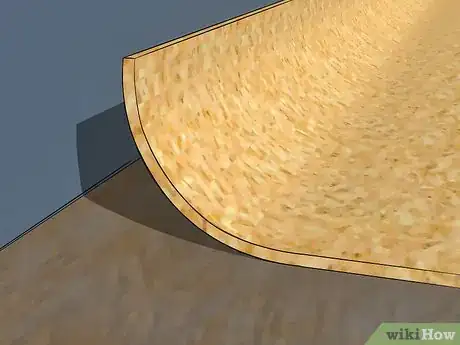
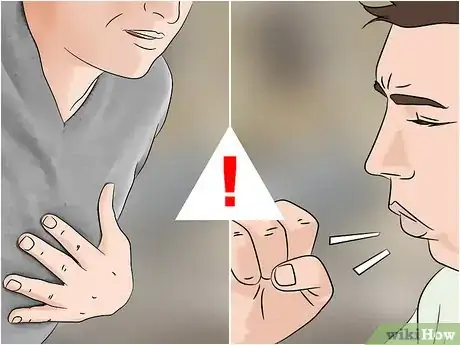
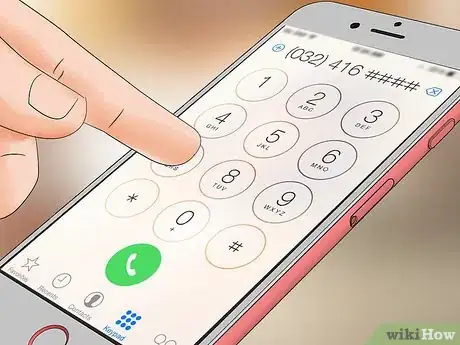
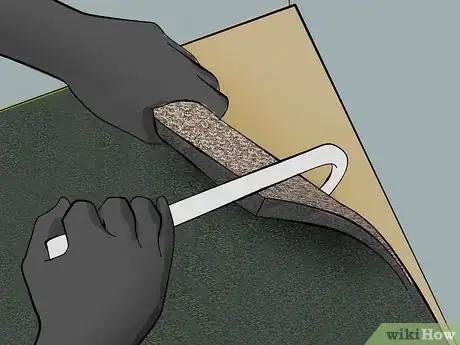
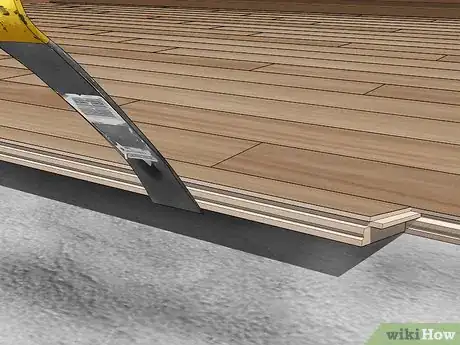
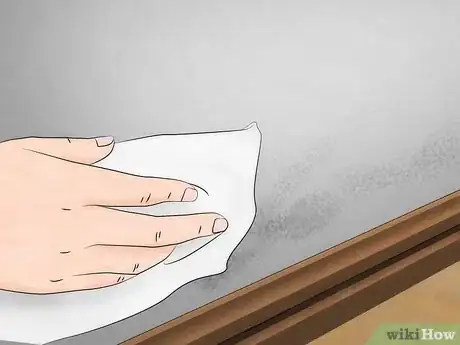
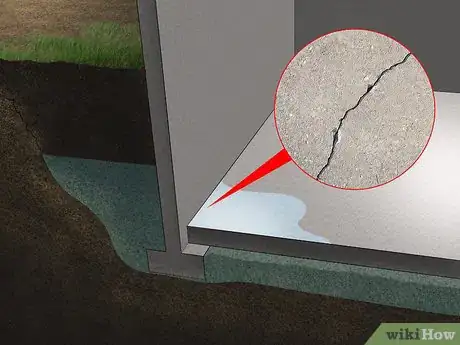
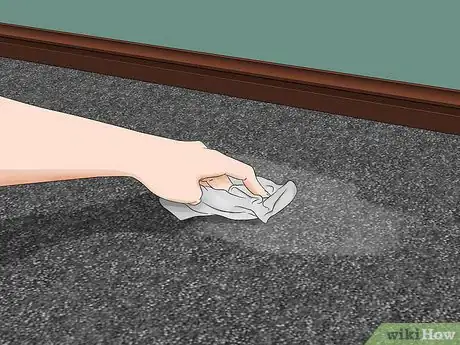

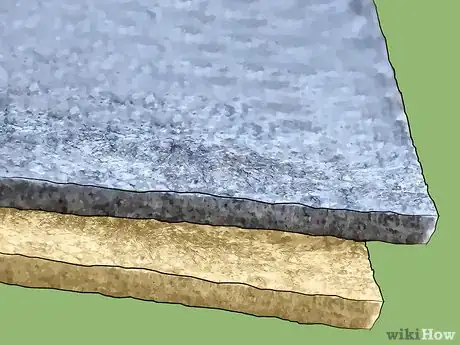
-Step-17-Version-2.webp)
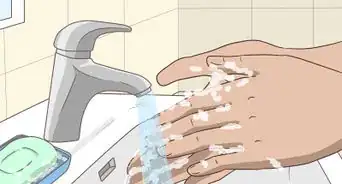


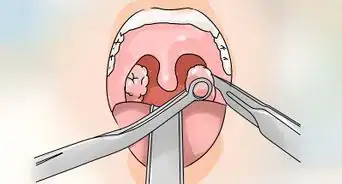
















-Step-17-Version-2.webp)
